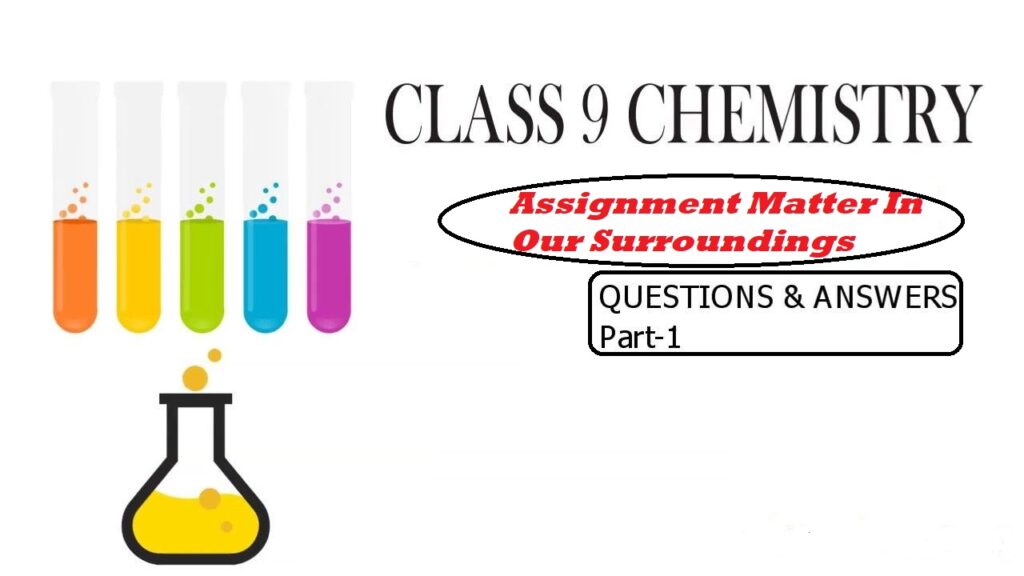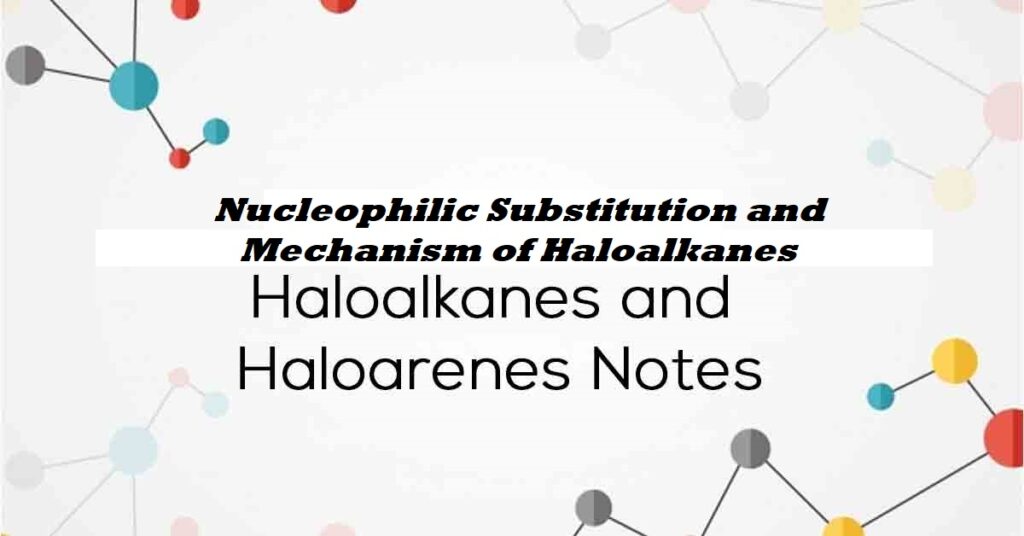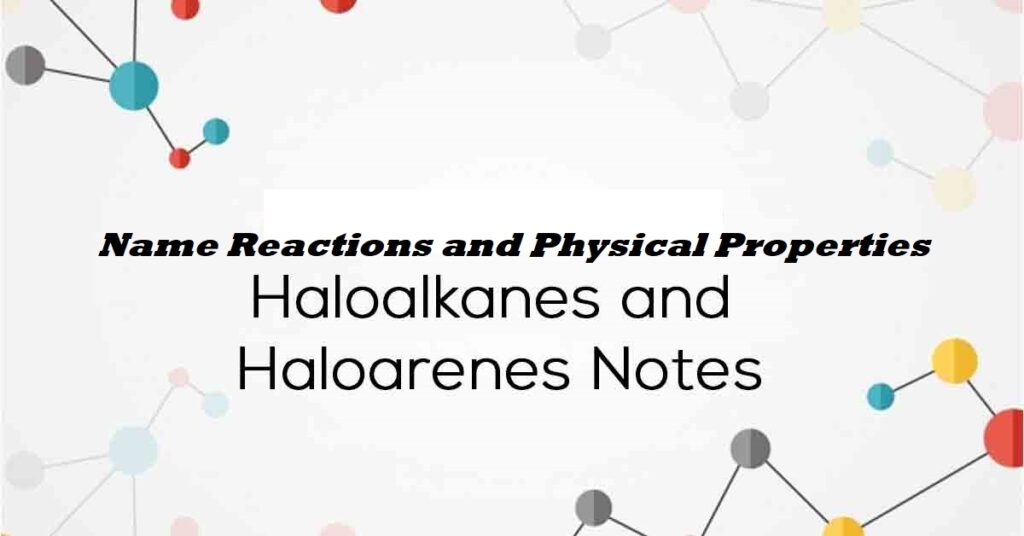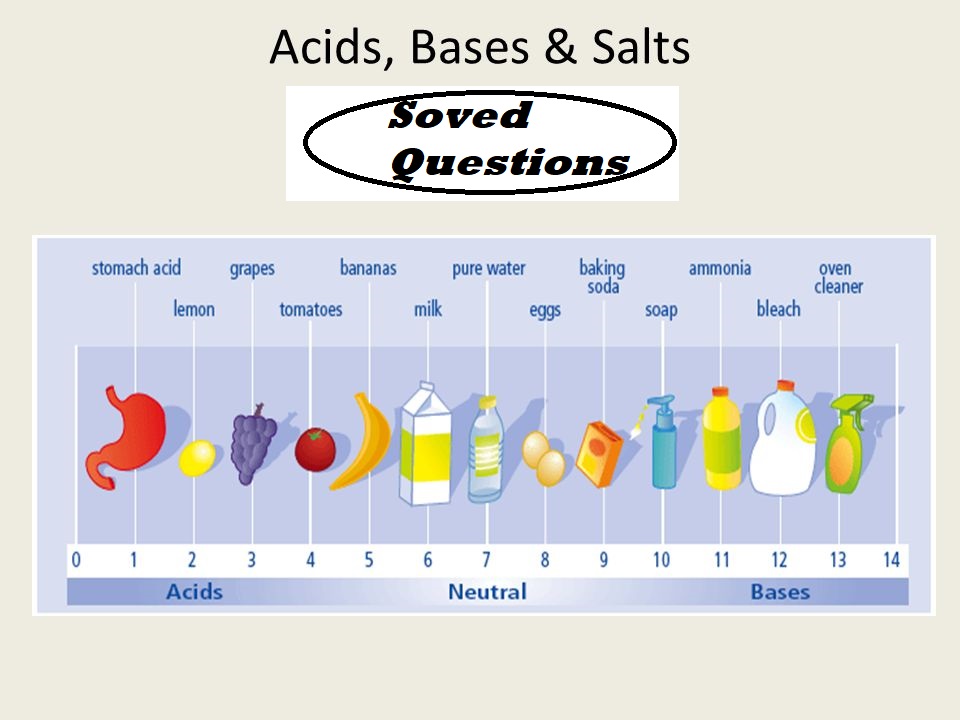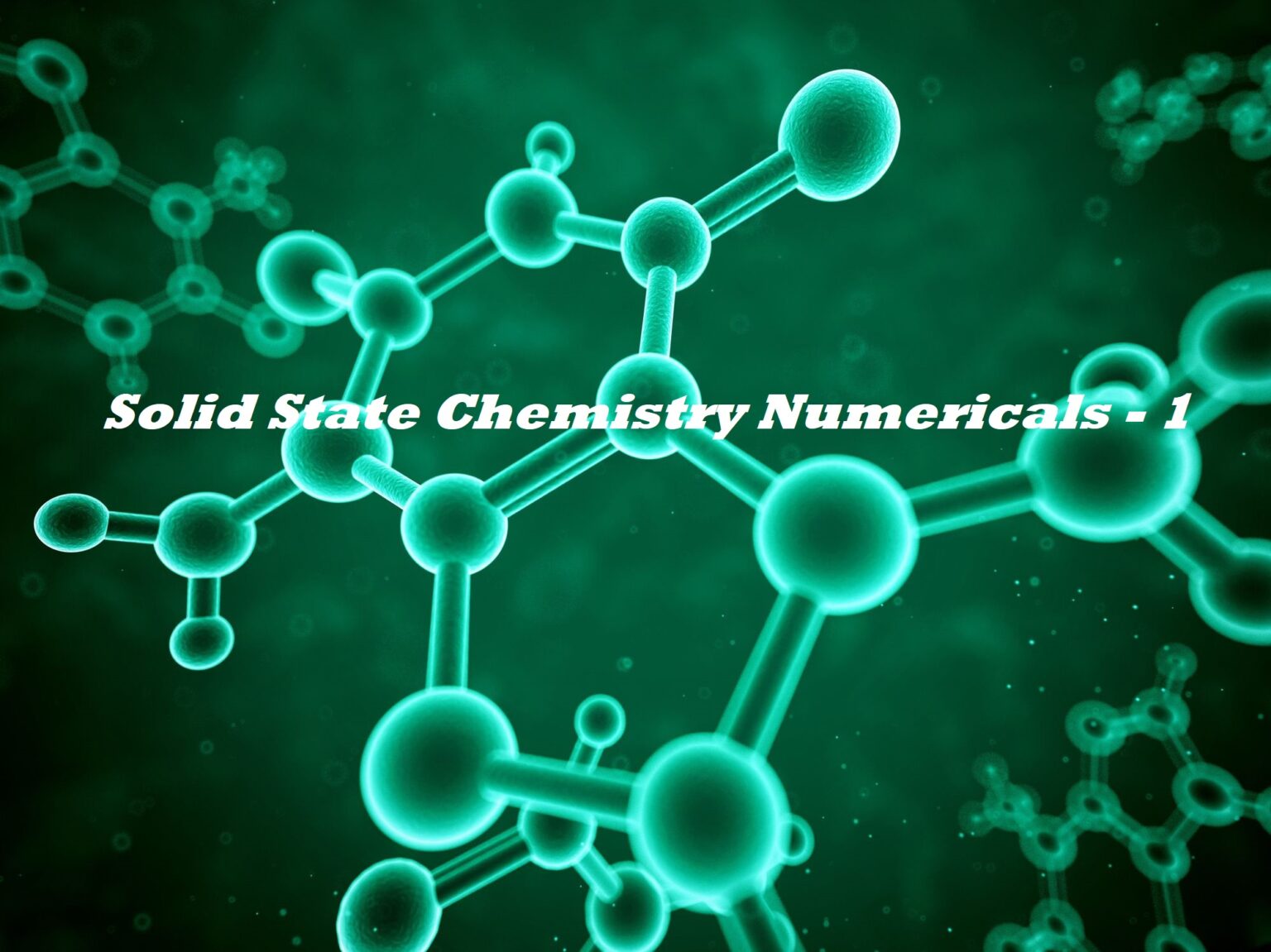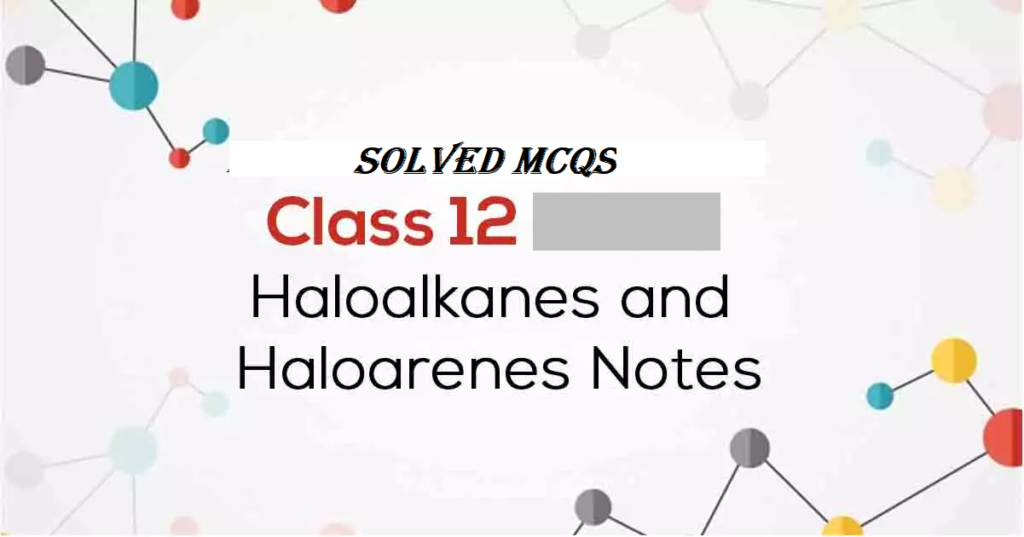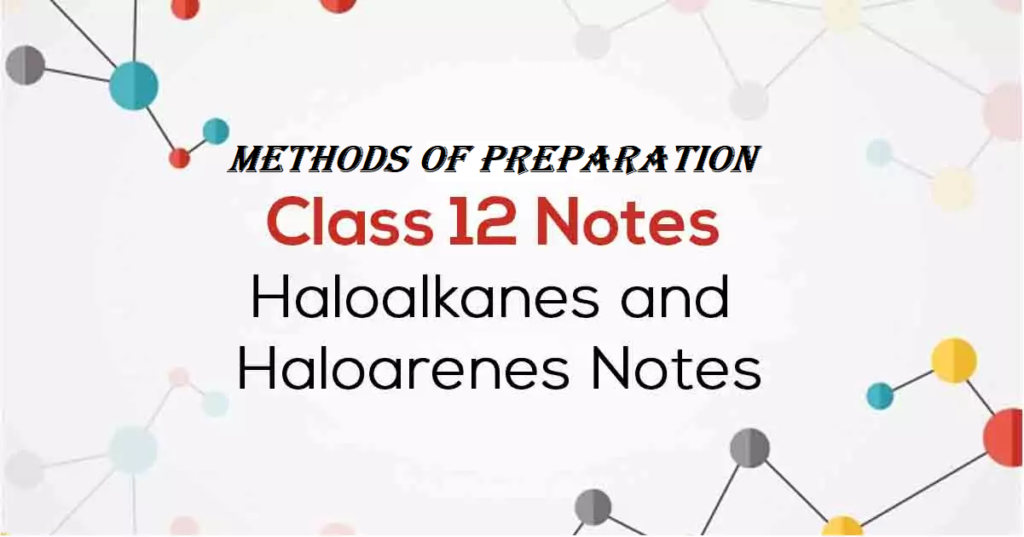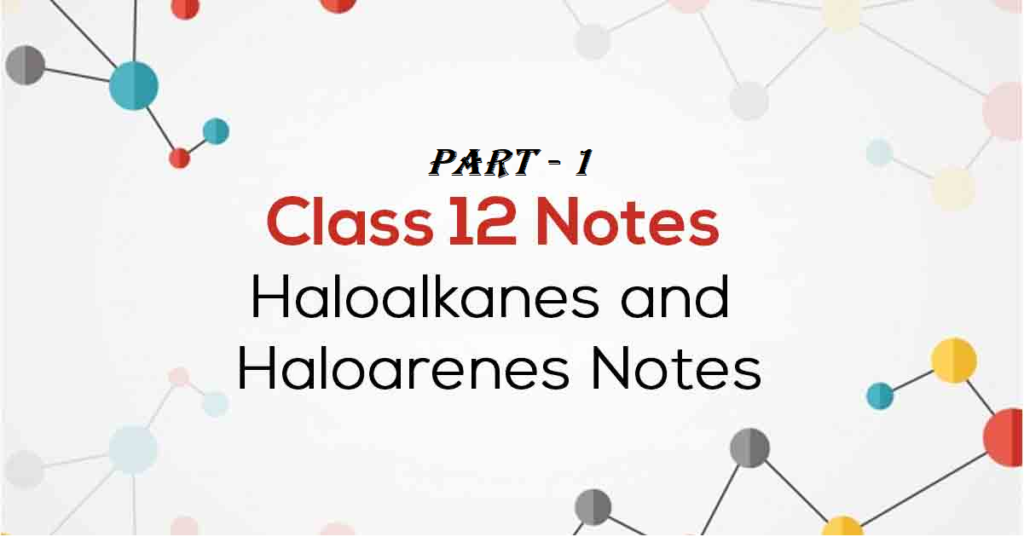MCQs Haloalkanes and Haloarenes MCQs Haloalkanes and Haloarenes is all about multiple choice questions of Haloalkanes and haloarenes Q 1. The order of reactivity of following alcohols with halogen acids is ___________. (A) CH3CH2 —CH2—OH (i) (A) > (B) > (C) (ii) (C) > (B) > (A) (iii) (B) > (A) > (C) (iv) (A) > (C) > (B) Ans. (ii) Explanation: Greater the stability of carbocation, the greater will be its ease of formation from an alkyl halide and faster will be the rate of reaction. In the case of alkyl halides, 30 alkyl halides undergo SNI reaction very…
Author: Dr. Vikas Jasrotia
Assignment Matter In Our Surroundings Assignment Matter In Our Surroundings This post Assignment Matter In Our Surroundings is about various solved questions of the chapter Matter In Our Surroundings. Question 1. Explain why? i. A gas fills a vessel completely. ii. Camphor disappears without leaving any residue. iii. The temperature does not rise during the process of melting and boiling; through heat energy is constantly supplied. iv. Water stored in an earthen vessel becomes cool. v. An iron almirah is a solid at room temperature. Solution1. i). Because the molecules of the gas move freely so it occupies the whole space the vessel ii) Camphor…
Nucleophilic Substitution and Mechanism of Haloalkanes The Post Nucleophilic Substitution and Mechanism of Haloalkanes is all about various nucleophilic substitution reactions of haloalkanes along with the followed mechanisms. Chemical Reactions of Haloalkanes: Nucleophilic Substitution Reactions: Due to the presence of a positive charge on the carbon atom it can be easily attacked by nucleophiles to give nucleophilic substitution reactions as well as elimination and reduction reactions. 1). Reaction with aqueous alkali: Haloalkanes react with aq. NaOH or KOH to form alcohols. R-X + KOH(aq) → R-OH + KX CH3-CH2-Br + KOH(aq) → CH3-CH2-OH + KBr 2). Reaction with water: Haloalkanes react…
Acids Bases and Salts Important Questions Acids Bases and Salts Important Questions contain the remaining questions of the chapter: Que 21. Compounds such as alcohol and glucose also contain hydrogen but are not categorized as acids. Describe an activity to prove it. Que 22. Why does distilled water not conduct electricity, whereas rainwater does? Que 23. Why do acids not show acidic behavior in the absence of water? Que 24. Equal lengths of magnesium ribbons are taken in test tubes A and B. Hydrochloric acid (HCl) is added to test tube A, while acetic acid (CH3COOH) is added to test…
Name Reactions & Physical Properties Haloalkanes Name reactions & Physical Properties Haloalkanes 1). Halogen Exchange: (a). Finkelstein reaction: Alkyl chlorides or bromides when treated with NaI in dry acetone, alkyl iodides are formed. This reaction is known as the Finkelstein reaction. R-X + NaI → R-I + NaX (where X = Cl, Br) CH3CH2Cl + NaI → CH3CH2I + NaCl (b). Swarts reaction: This method is used for the preparation of alkyl fluorides. Here alkyl chloride or bromide is treated with a metallic fluoride like AgF, Hg2F2, CoF2 or SbF3, to get alkyl fluoride. R-X + AgF → R-F +…
Acids Bases Salts Solved Questions All important questions are included in Acids Bases Salts Solved Questions. Que1. Define the terms: Acid, alkali and salt. Ans 1: An acid is a compound, which releases hydronium ions (H3O+) as the only positive ions in solution. An alkali is a compound, which releases hydroxyl ions (OH-) as the only negative ions in solution. A salt is one of the products of neutralization between an acid and a base; water being the only other product. OR A salt gives positive ions other than H+ ion and negative ions other than OH- ion in solution.…
Solid State Chemistry Numericals The post-Solid State Chemistry Numericals contain all important questions related to the topic Que 1. A solid has a cubic structure in which X atoms are located at the corners of the cube, Y atoms are at the cube centers and O atoms are at the edge centers. What is the formula of the compound? Ans 1: Atoms of X are present at all the eight corners of the cube. Therefore, each atom of X at the corner makes 1/8 contribution towards the unit cell. Number of atoms of X per unit cell = 8…
MCQs & Assertion Reason Haloalkanes and Haloarenes MCQs & Assertion Reason Haloalkanes and Haloarenes contain important questions of Haloalkanes and Haloarenes Q 1. Arrange the following compounds in increasing order of rate of reaction towards nucleophilic substitution: (a) a < b < c (b) a < b < a (c) a < c < b (d) c < a < b Q…
Haloalkanes Methods of Preparation Haloalkanes Methods of Preparation Nature of C-X Bond: Since halogen atoms are more electronegative than carbon, the carbon halogen bond of alkyl halide is polarised; the carbon atom bears a partial positive charge whereas the halogen atom bears a partial negative charge. Haloalkanes Methods of Preparation: Alkyl halides are best prepared from alcohols, which are easily accessible. The hydroxyl group of an alcohol is replaced by halogen on reaction with concentrated halogen acids, phosphorus halides, or thionyl chloride. From alcohols: a). By the action of concentrated halogen acids on alcohol in presence of anhydrous ZnCl2…
Chapter – 10 Haloalkanes and Haloarenes Haloalkanes and Haloarenes Syllabus: Introduction to Haloalkanes and Haloarenes Classification On the basis of the number of halogen atoms …

